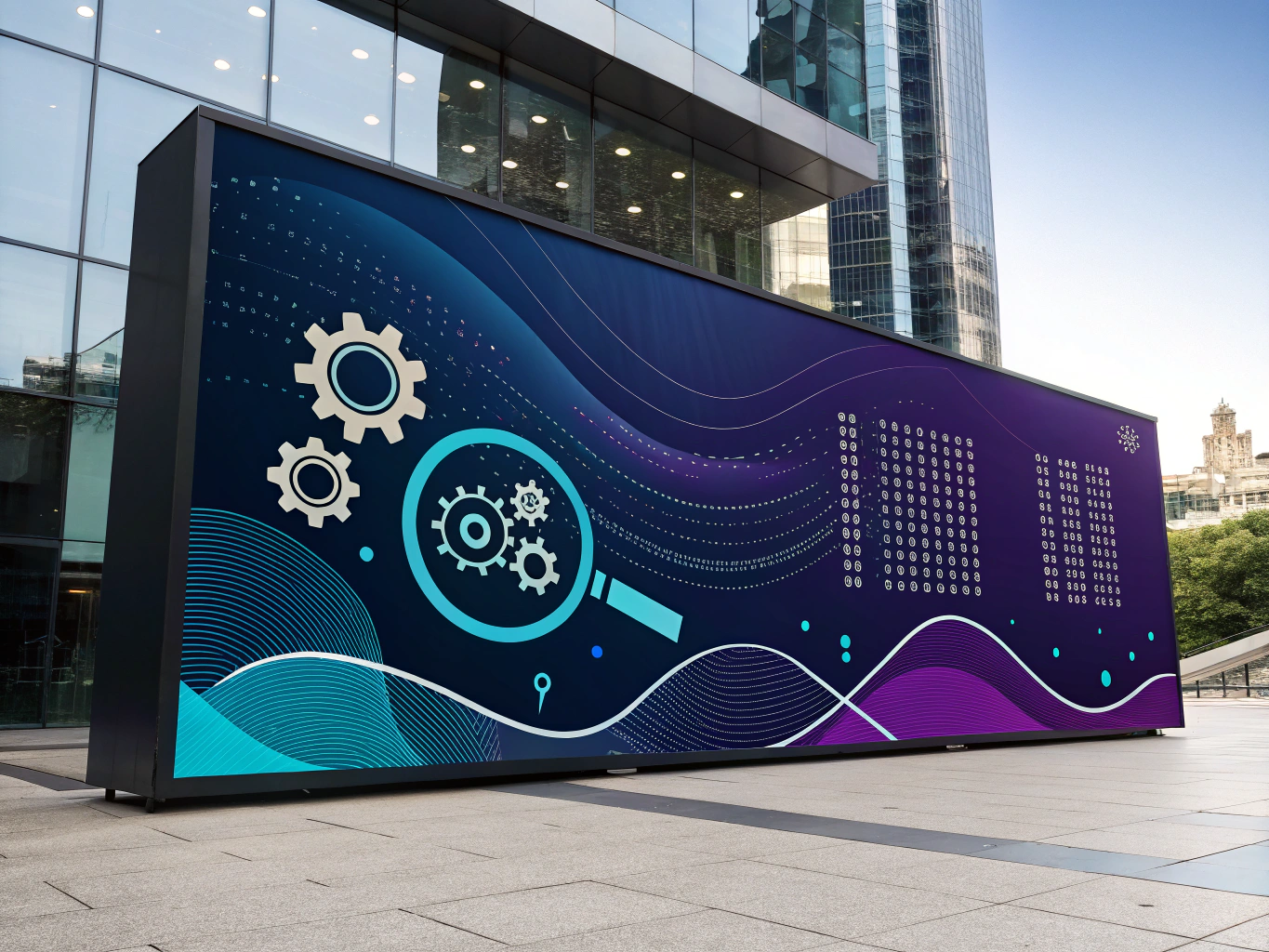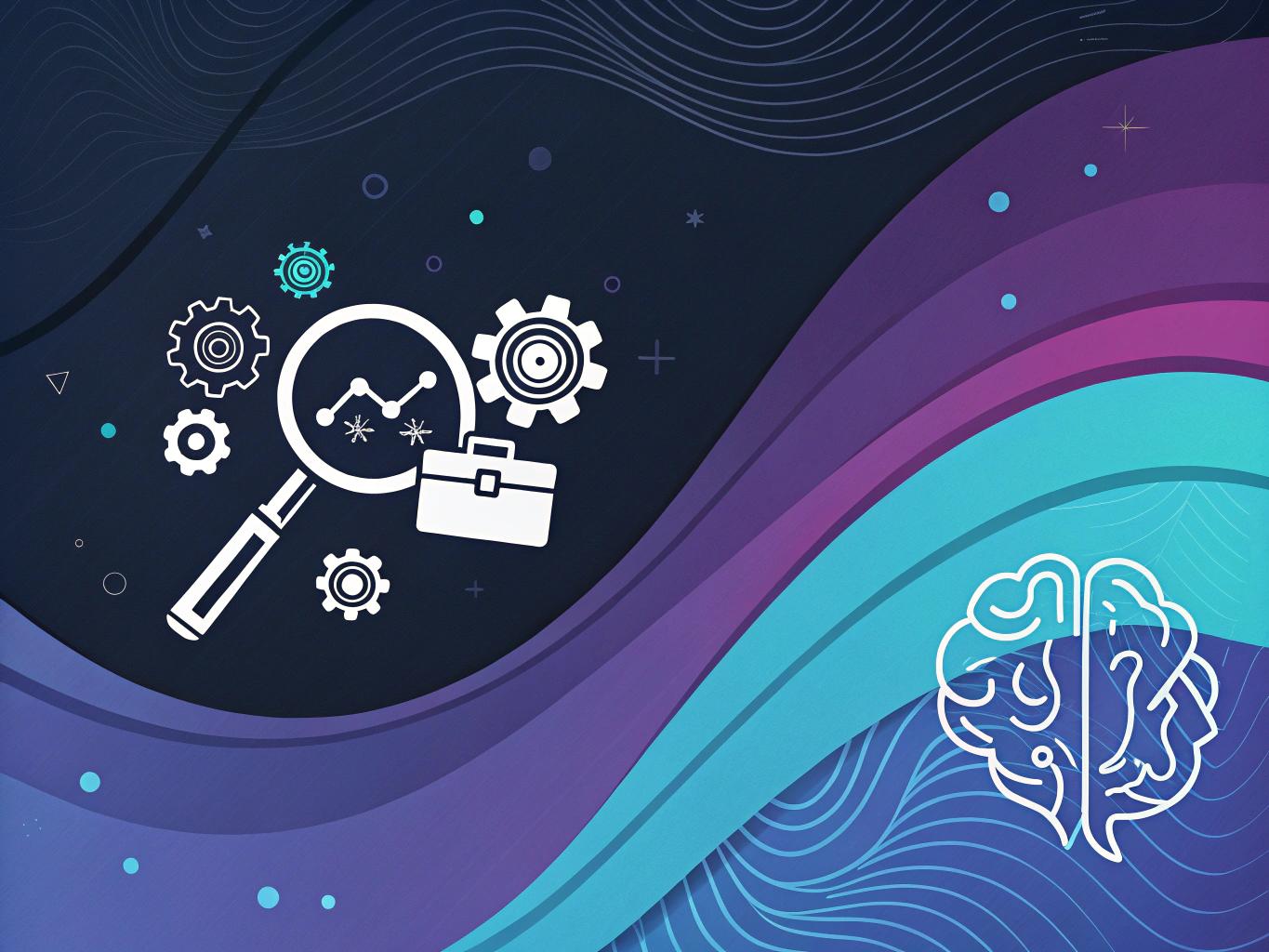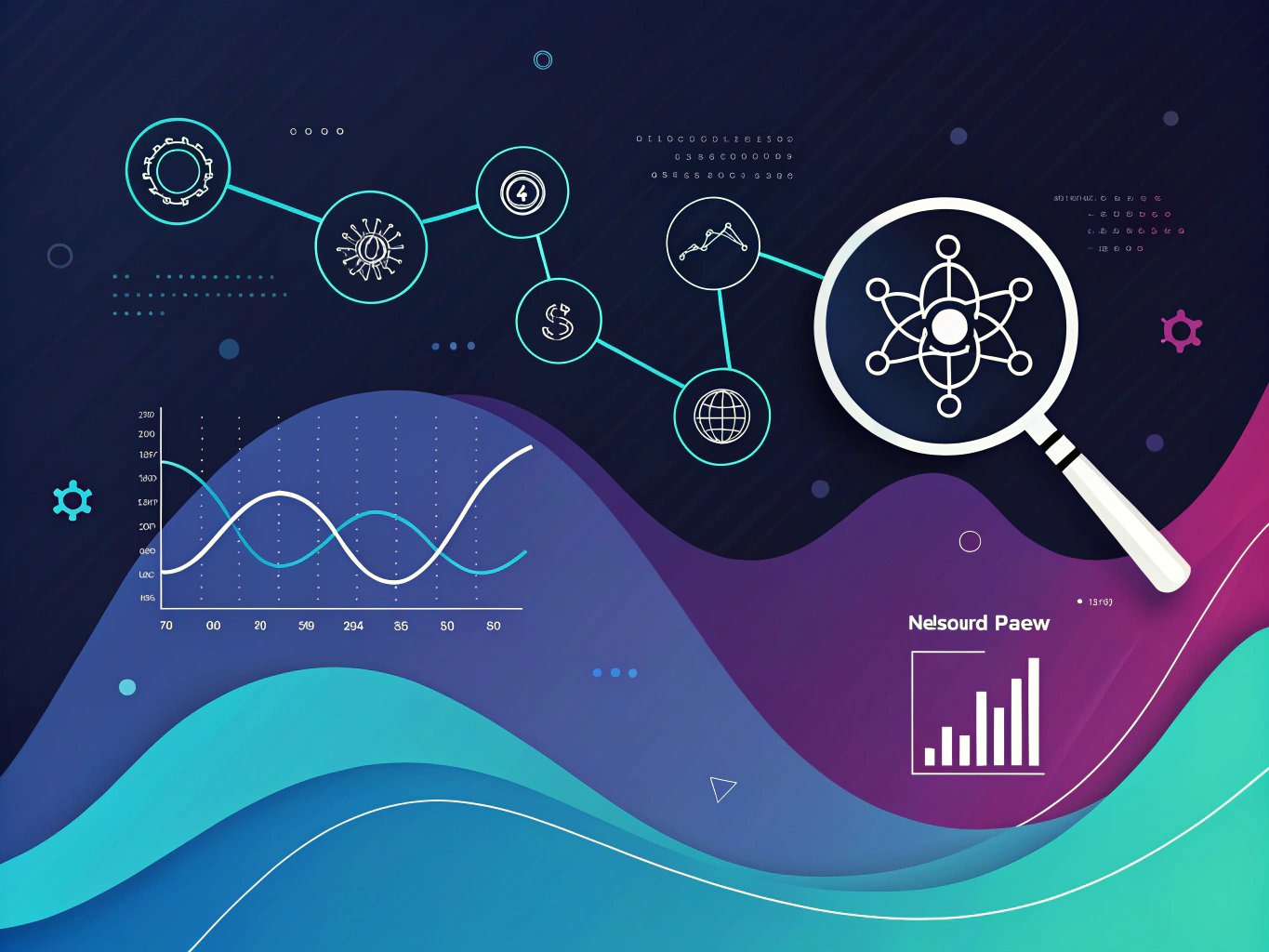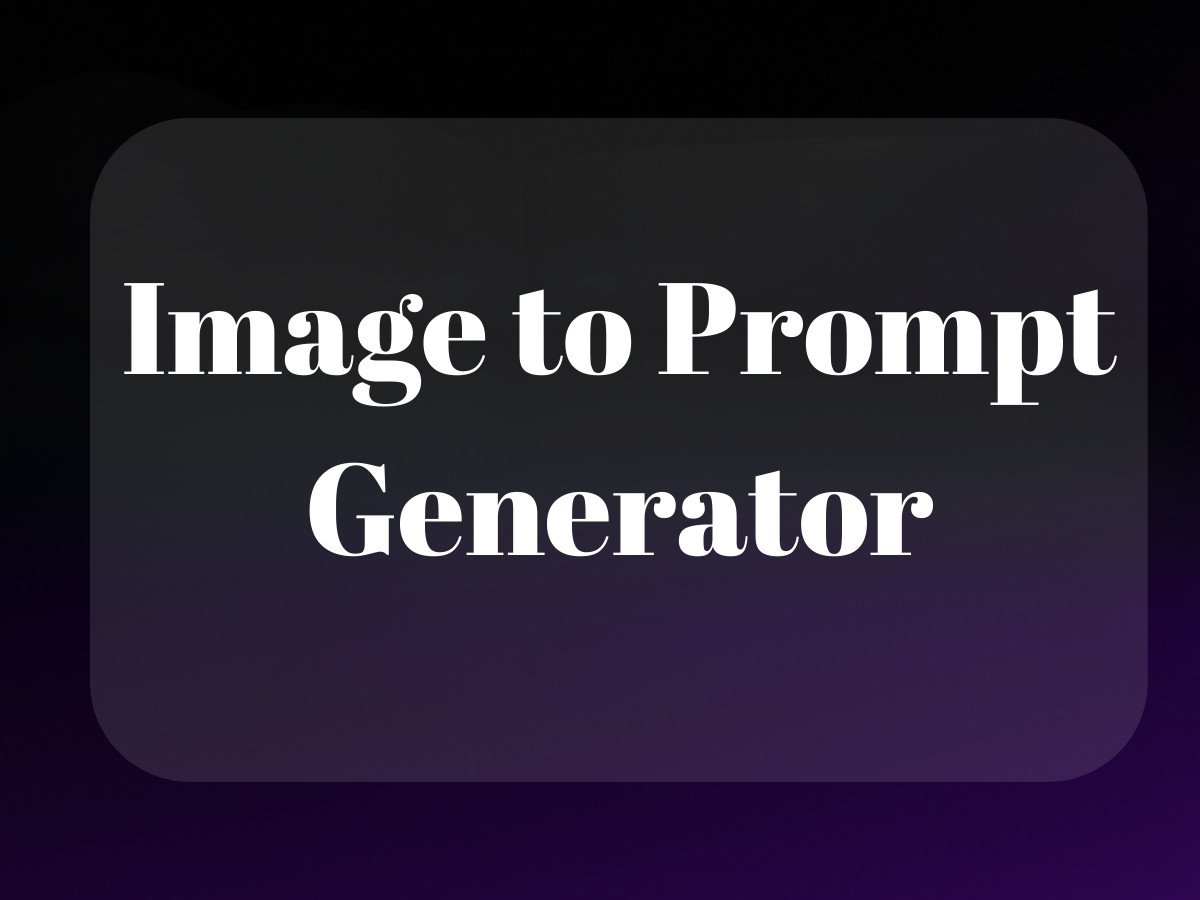The Hidden Language of Customer Emotions: Why Sentiment Analysis Matters
Remember when we thought understanding customers was just about tracking clicks and purchases? Those were simpler times. Now we’re drowning in customer feedback across dozens of channels, and beneath all those comments, reviews, and social posts lies a goldmine of emotional data that most brands are completely missing.

Here’s the thing about emotions in business: they’re messy, complex, and absolutely essential to understand. Yet we’ve spent decades trying to reduce customer behavior to sterile metrics and conversion rates. It’s like trying to understand a Shakespeare play by counting the words—you’ll get data, but you’ll miss the entire story.
That’s where sentiment analysis comes in. Think of it as your brand’s emotional intelligence system—a way to decode not just what customers are saying, but how they really feel. And in an era where one viral negative review can tank your sales, understanding these emotional undercurrents isn’t just nice to have—it’s survival.
Decoding Sentiment Analysis: Beyond the Binary

Most people think sentiment analysis is just about sorting comments into “positive” and “negative” buckets. That’s like saying Twitter is just about 280 characters. The reality is far more nuanced and, honestly, far more interesting.
Modern sentiment analysis tools are sophisticated systems that can detect subtle emotional states—frustration, confusion, delight, anticipation. They can tell when someone’s being sarcastic (most of the time), spot emerging trends in customer sentiment, and even predict potential PR crises before they explode.
The Three Pillars of Sentiment Analysis
Let’s break this down into something practical. There are three main types of sentiment analysis that matter for brands:
1. Fine-grained Sentiment Analysis: This goes beyond positive/negative to measure emotional intensity. It’s the difference between “this product is okay” and “THIS IS THE BEST THING EVER!!!” (spoiler: your customers use a lot of caps and exclamation points)
2. Aspect-based Sentiment Analysis: This looks at feelings toward specific features or aspects of your product. Maybe people love your product’s design but hate its durability. This is gold for product development.
3. Intent Analysis: This predicts what customers are likely to do based on their emotional state. Are they just venting, or are they about to churn? Big difference.
Social Media: Where Sentiment Gets Real
Social media sentiment analysis is where theory meets reality—often in messy, unpredictable ways. It’s one thing to analyze carefully written product reviews. It’s another to decode tweets filled with emojis, slang, and references to three different memes.
But here’s why it matters: social media is where customers are most honest. They’re not filling out your carefully crafted survey; they’re venting to their friends. That raw, unfiltered feedback is invaluable if you know how to interpret it.
The Real-World Impact of Social Sentiment
Let me share a quick story. One of our clients, a DTC beauty brand, was getting decent engagement on social but couldn’t figure out why their conversion rates were dropping. Traditional analytics showed nothing unusual. But when we ran sentiment analysis on their social mentions, we found a pattern: customers loved the products but were increasingly frustrated with shipping times.
The brand had been focused on product development, assuming that was the key to growth. Meanwhile, logistics was quietly killing their business. Without sentiment analysis, they might never have connected those dots.
The Science Behind the Sentiment

Now, I could bore you with technical details about natural language processing and machine learning algorithms. But instead, let’s think about sentiment analysis like having a really observant friend at a party. This friend doesn’t just hear what people say—they notice tone of voice, body language, context, and can tell when someone’s being genuine versus just polite.
That’s essentially what modern sentiment analysis tools do, just at scale. They look at word choice, syntax, context, and hundreds of other signals to understand emotional intent. And just like your observant friend, they get better at it over time.
Beyond Basic Sentiment Scores
The most sophisticated sentiment analysis tools don’t just assign a simple positive or negative score. They create detailed emotional profiles that can track how feelings evolve over time. This is crucial because customer sentiment isn’t static—it’s a dynamic, living thing that changes with every interaction.
Think about it: a customer might start out neutral about your brand, become excited after a great first purchase, frustrated with a delivery delay, relieved when customer service fixes the issue, and ultimately end up as a loyal advocate. That’s an emotional journey, and understanding it is key to improving your customer experience.
The Science Behind Sentiment Analysis: Technical Foundations
Let’s get real about sentiment analysis for a minute. While everyone’s talking about analyzing customer feelings through AI, most brands are still stuck in the “positive/negative/neutral” stone age. It’s like trying to understand human emotions using only thumbs up and thumbs down – we’re missing all the juicy stuff in between.
The truth is, modern sentiment analysis is way more sophisticated than that. Think of it as your personal emotion detective, capable of picking up not just whether someone likes your product, but how much they like it, why they like it, and what specific features are making them happy (or driving them crazy).
The Secret Sauce: How Sentiment Analysis Actually Works
Remember that time you tried to explain sarcasm to your friend from another country? That’s basically what we’re teaching machines to understand. The process is like teaching an alien to understand human emotions through text – it’s complex, fascinating, and sometimes hilariously wrong.
Here’s what’s happening under the hood:
- Text preprocessing (cleaning up the mess of human language)
- Tokenization (breaking down text into digestible chunks)
- Feature extraction (finding the emotional patterns)
- Classification (making sense of it all)
NLP Sentiment Analysis: Beyond Basic Classifications
The real magic happens when we move beyond simple positive/negative classifications. Modern NLP sentiment analysis tools can detect subtle emotional nuances – think frustration, excitement, confusion, or even passive-aggressive feedback (yes, that passive-aggressive email from Karen in accounting can now be automatically flagged).
At ProductScope AI, we’ve seen brands transform their customer feedback analysis from basic sentiment scoring to deep emotional intelligence. One of our clients, a beauty brand, discovered that their customers weren’t just “satisfied” with their new skincare line – they were experiencing a complex mix of surprise, delight, and skepticism. This nuanced understanding led to marketing messages that directly addressed these emotional layers.
Sentiment Analysis Tools: Choosing Your Emotional Intelligence Arsenal

Here’s where it gets interesting (and where I might ruffle some feathers in the AI community). Not all sentiment analysis tools are created equal. Some are like Swiss Army knives – they do everything okay but nothing exceptionally well. Others are like specialized surgical instruments – fantastic for specific tasks but limited in scope.
Social Media Sentiment Analysis: The Real-Time Emotional Pulse
Social media sentiment analysis is where things get wild. Imagine trying to understand the emotional state of millions of people simultaneously – it’s like being a mind reader at a stadium concert. The tools we use need to handle:
- Multiple languages and dialects
- Emojis (yes, they’re crucial emotional indicators)
- Hashtags and social media shorthand
- Cultural context and references
What fascinates me is how ChatGPT has changed the game for sentiment analysis. While it’s not primarily designed as a sentiment analysis tool, its understanding of context and nuance has raised the bar for what’s possible. But here’s the catch – it’s still an assistant, not a replacement for specialized sentiment analysis tools.
Real-Life Examples That’ll Make You Rethink Sentiment Analysis
Let me share a story that changed my perspective on sentiment analysis. We had a client, an eco-friendly fashion brand, who was getting seemingly positive reviews – lots of 4 and 5 stars. But our sentiment analysis picked up an undercurrent of environmental concern in the comments. Customers loved the products but worried about packaging waste.
This kind of insight isn’t just interesting – it’s actionable gold. The brand switched to biodegradable packaging and saw their sentiment scores skyrocket. More importantly, they turned potential critics into brand advocates.
The Three Types of Sentiment Analysis You Need to Know
Here’s where I might challenge conventional wisdom. While most sources talk about fine-grained, emotion, and aspect-based analysis as the three types, I think about it differently:
- Surface Sentiment: The basic stuff – positive, negative, neutral. It’s like reading facial expressions from across the room.
- Contextual Sentiment: Understanding emotions in context. It’s the difference between “This is sick!” in 2005 and “This is sick!” in 2024.
- Predictive Sentiment: The holy grail – understanding not just how people feel now, but how they’re likely to feel and act in the future.
The future of sentiment analysis isn’t just about better accuracy – it’s about better understanding. We’re moving from “what do they think?” to “why do they think it?” and “what will they think next?”
A Social Sentiment Revolution
Social sentiment analysis has evolved from a nice-to-have to a must-have for brands. But here’s what most people get wrong: it’s not about monitoring everything. It’s about monitoring the right things and, more importantly, understanding the emotional context behind the mentions.
Think of it like this: if your brand was a person at a party, sentiment analysis wouldn’t just tell you how many people are talking about you – it would tell you whether they’re gossiping excitedly or complaining in the corner. And more importantly, why.
For more in-depth insights, you might find this article useful in understanding how sentiment analysis can reshape marketing strategies.
Advanced Techniques in Sentiment Analysis: Beyond Basic Classification

Let’s get real for a second—most sentiment analysis tools are about as nuanced as a sledgehammer. They’ll tell you if something’s positive or negative, but miss all the subtle emotional undertones that actually matter in human communication. It’s like trying to understand a symphony by only listening to the drums.
But here’s where it gets interesting. The latest developments in NLP sentiment analysis are starting to pick up on those subtle variations. We’re talking about systems that can detect sarcasm (yeah, right!), understand cultural context, and even pick up on emotional intensity. It’s not perfect, but it’s a quantum leap from the binary positive/negative classifications we were stuck with just a few years ago.
Multimodal Sentiment Analysis: The Full Picture
Think about how you communicate with your best friend. It’s not just words, right? It’s tone of voice, facial expressions, even those ridiculous emojis you both spam each other with. That’s exactly what multimodal sentiment analysis is trying to capture—the full spectrum of human communication.
At ProductScope AI, we’ve seen brands struggle with this. They’ll analyze text feedback but completely miss the goldmine of information in customer video reviews or social media stories. Multimodal analysis combines text, voice, visual cues, and even biometric data to get a more complete picture of sentiment. It’s like upgrading from black-and-white TV to 4K HDR—suddenly you can see all the details you were missing.
Real-world Applications of Sentiment Analysis
I’m tired of theoretical discussions about sentiment analysis that never touch ground with reality. Let’s talk about how this actually helps businesses make better decisions. Here’s where the rubber meets the road:
- Product Development: Analyzing customer feedback to identify feature requests and pain points
- Crisis Management: Early warning systems for brewing PR disasters
- Customer Service: Routing high-priority negative feedback to senior support staff
- Market Research: Understanding emotional responses to new product launches
The Social Media Sentiment Challenge
Social media sentiment analysis is like trying to drink from a fire hose—there’s just so much data, and it’s messy as hell. But it’s also where your customers are having their most honest conversations about your brand.
The trick isn’t just collecting this data—any sentiment analysis tool can do that. It’s about making sense of it in a way that actually helps you make better business decisions. Are those negative tweets about your new product feature actually representative of your customer base, or just a vocal minority?
The Future of Sentiment Analysis: What’s Next?
If you think current sentiment analysis is impressive, buckle up. The next wave of sentiment analysis tools is going to make today’s solutions look like calculator watches compared to smartphones. We’re seeing early experiments with:
- Real-time emotion detection in customer service calls
- Predictive sentiment analysis for market trends
- Personalized sentiment baselines for different customer segments
- Cross-cultural sentiment analysis that actually works
Making Sentiment Analysis Work for Your Brand
Here’s the thing about sentiment analysis—it’s not about the technology, it’s about what you do with it. I’ve seen too many brands get caught up in the technical details and miss the forest for the trees. The most successful implementations I’ve seen share three characteristics:
- They start small and focus on specific use cases
- They combine automated analysis with human insight
- They close the feedback loop by actually acting on the insights
Final Thoughts: The Human Element
Let’s be honest—sentiment analysis isn’t going to replace human intuition anytime soon. And that’s not the point. The best sentiment analysis tools are like having a really smart research assistant who never sleeps. They can process massive amounts of data and spot patterns that humans might miss, but they need human wisdom to turn those insights into action.
The future of sentiment analysis isn’t about removing humans from the equation—it’s about augmenting human decision-making with AI-powered insights. It’s about helping brands understand and respond to their customers’ emotional needs at scale.
And isn’t that what we’re all trying to do? Create better products, deliver better services, and build stronger connections with our customers? Sentiment analysis is just one more tool in our toolkit—albeit a pretty powerful one—to help us get there.
Remember: the goal isn’t to have the most sophisticated sentiment analysis system. The goal is to better understand and serve your customers. Keep that in focus, and you’ll be ahead of 90% of the competition.
Related Articles:
- Amazon Analytics Tools for Sellers – ProductScope
- Voice of Customer Analysis for Amazon: Key Steps to Follow
- Helium 10 Xray: Guide to Amazon Product Research and Analysis
Frequently Asked Questions
What do you mean by sentiment analysis?
Sentiment analysis is a natural language processing technique used to determine whether a piece of text conveys a positive, negative, or neutral sentiment. It involves analyzing words, phrases, and context to assess the emotional tone behind a body of text. This process is commonly used to gauge public opinion, monitor brand reputation, and understand customer attitudes.
Can ChatGPT do sentiment analysis?
ChatGPT can assist with sentiment analysis by interpreting text and providing insights into the conveyed sentiment based on its training data. While it is not specifically designed for sentiment analysis, it can help identify the tone of a conversation and support more detailed sentiment analysis when used alongside specialized tools.
What are the three types of sentiment analysis?
The three types of sentiment analysis are: (1) Fine-grained sentiment analysis, which involves identifying specific emotional nuances such as very positive or very negative sentiments; (2) Aspect-based sentiment analysis, which focuses on determining sentiments related to specific aspects or features of a product or service; and (3) Emotion detection, which aims to identify specific emotions such as happiness, anger, or sadness expressed in the text.
What is sentiment analysis on social media?
Sentiment analysis on social media involves analyzing posts, comments, and interactions to understand the public’s emotional response to topics, brands, or events. It helps businesses and organizations monitor their online presence, track public opinion, and respond to customer feedback in real-time, ultimately aiding in reputation management and strategic decision-making.
What is a real life example of sentiment analysis?
A real life example of sentiment analysis is its use by companies like Amazon to analyze customer reviews and feedback. By evaluating the sentiment expressed in reviews, Amazon can identify common issues, understand customer satisfaction levels, and make informed decisions to improve products and services. This process helps enhance customer experience and foster brand loyalty.
About the Author
Vijay Jacob is the founder and chief contributing writer for ProductScope AI focused on storytelling in AI and tech. You can follow him on X and LinkedIn, and ProductScope AI on X and on LinkedIn.
We’re also building a powerful AI Studio for Brands & Creators to sell smarter and faster with AI. With PS Studio you can generate AI Images, AI Videos, Chat and Automate repeat writing with AI Agents that can produce content in your voice and tone all in one place. If you sell on Amazon you can even optimize your Amazon Product Listings or get unique customer insights with PS Optimize.
🎁 Limited time Bonus: I put together an exclusive welcome gift called the “Formula,” which includes all of my free checklists (from SEO to Image Design to content creation at scale), including the top AI agents, and ways to scale your brand & content strategy today. Sign up free to get 200 PS Studio credits on us, and as a bonus, you will receive the “formula” via email as a thank you for your time.




